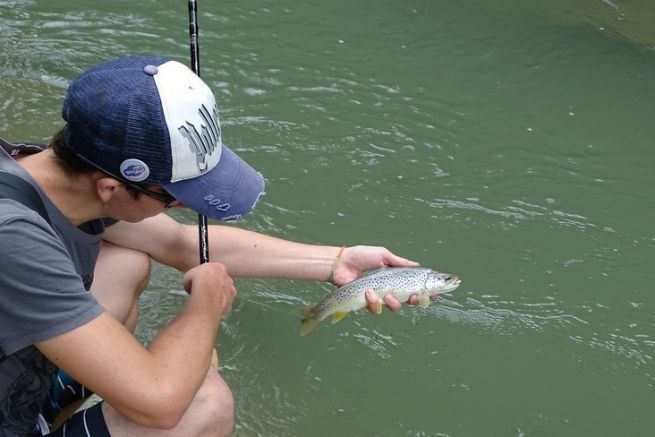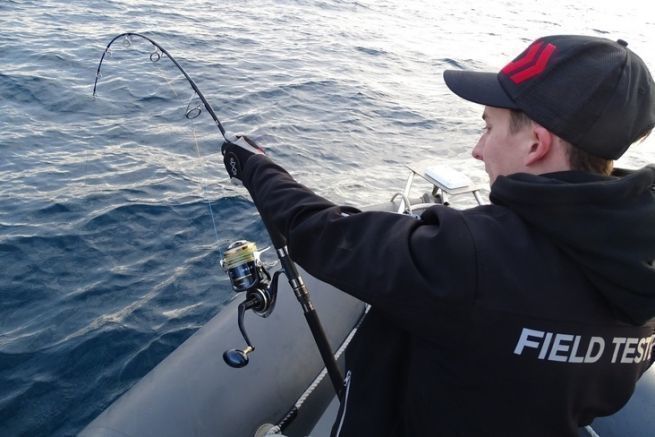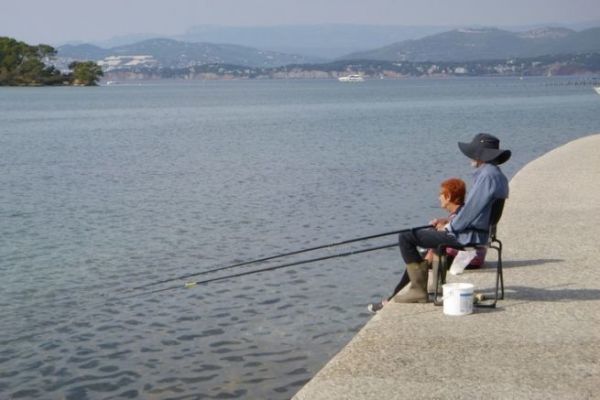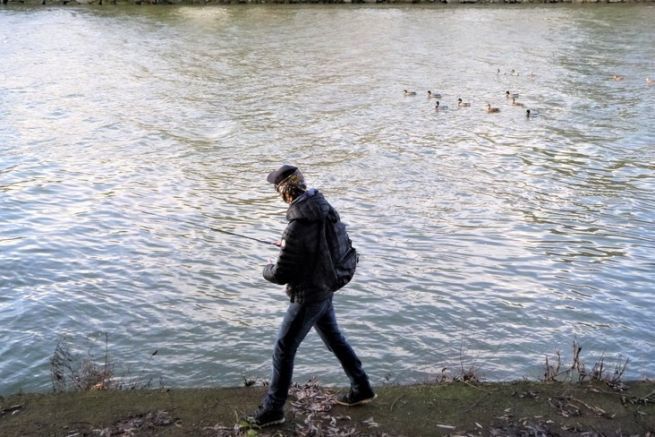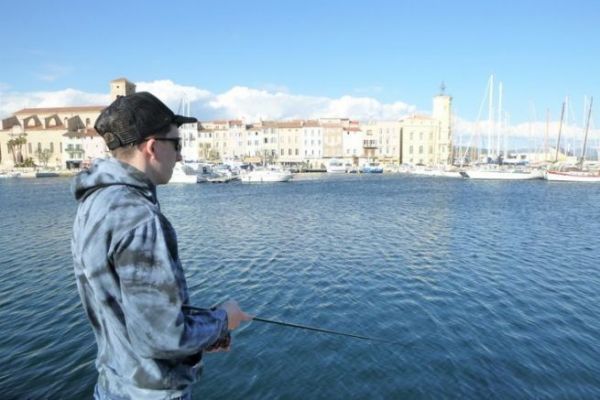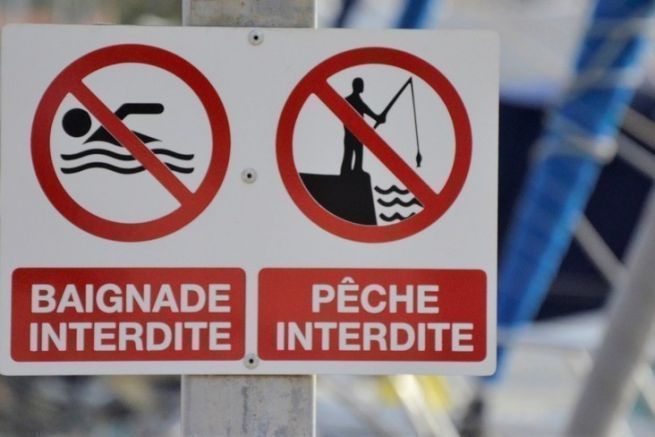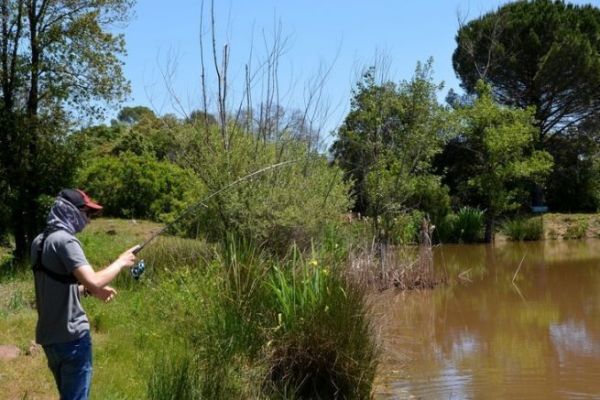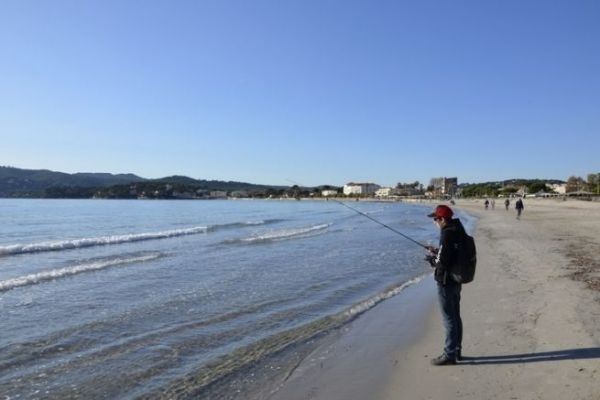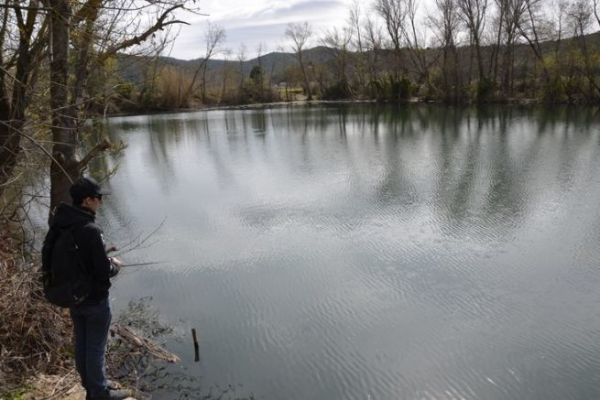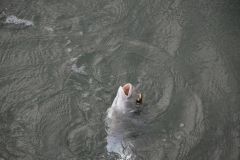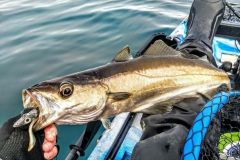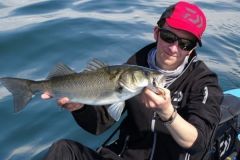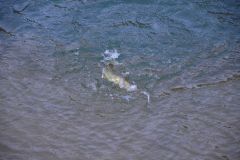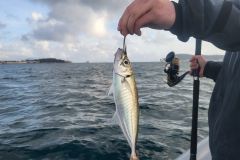Catch sizes to be respected and mark the fish
Sea fishing allows you to encounter a multitude of different fish species regardless of the techniques used. If you intend to catch fish for consumption, you should be aware that there are minimum catch sizes for many fish.
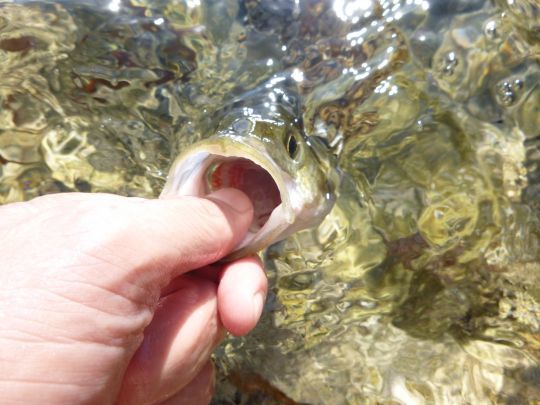
These legal catch sizes may vary according to the species and whether you are fishing on the Mediterranean coast or on the Atlantic coast. For example, the minimum size of a Mediterranean wolffish is 30 cm, whereas the minimum size of a sea bass caught in the Atlantic is 42 cm. The size of a fish is measured from the tip of the snout to the end of the caudal fin.
In addition, any fish kept must be marked, which means that the lower part of the fish's tail fin must be cut off.
Fish species subject to specific regulations
In addition to the legal sizes to be respected, several marine species are subject to protection measures, and even a fishing ban for amateurs.
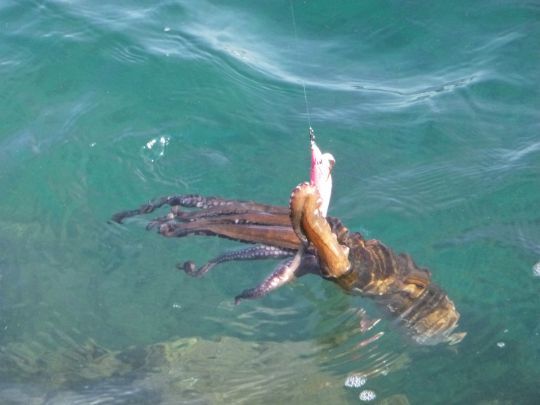
This is the case, for example, of grouper or corb on the Mediterranean coast or of the brown skate in the Atlantic, which are simply prohibited from being fished. As for octopus, it is forbidden to fish in certain sectors and on specific dates. Another example is bluefin tuna fishing, which is undoubtedly the most regulated, and offenders are liable to fines of several thousand euros.
Also for fishing on foot
Fishing on foot is also subject to regulations. Quotas, minimum catch sizes, opening and closing dates are defined in order to preserve the resources as much as possible. The different shellfish cannot be taken at any time and in any way.
The problem of fishing in ports
Recreational fishing is prohibited in many ports. Indeed, fishermen are no longer accepted in busy ports, especially in the south of France. However, there are still some ports where fishing is tolerated.

It is true that it is tempting to fish certain harbors which are a real refuge or a larder for many species. If you plan to fish in the harbors, avoid eating the sedentary fish that are not fit for consumption.
All these regulations are subject to change over time and according to geographical areas. It is therefore necessary to get information from the Maritime Affairs Department (Direction Départementale des Territoires et de la Mer) before venturing out fishing and to consult the Legifrance website concerning the legal catch sizes.

 /
/ 


